- Login or Register
No account yet? Sign up
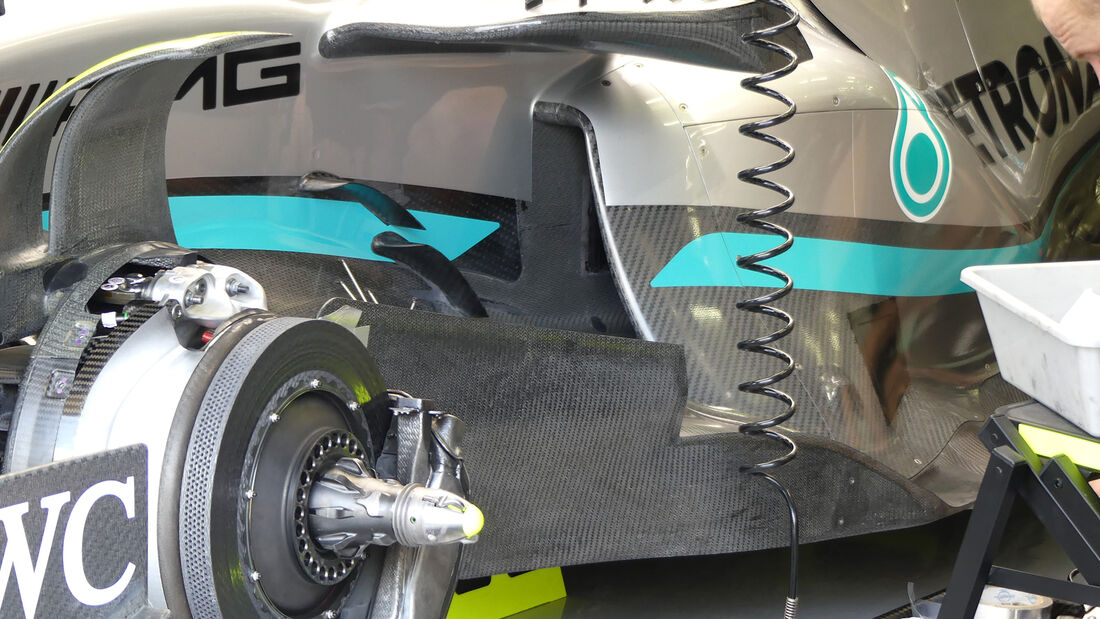
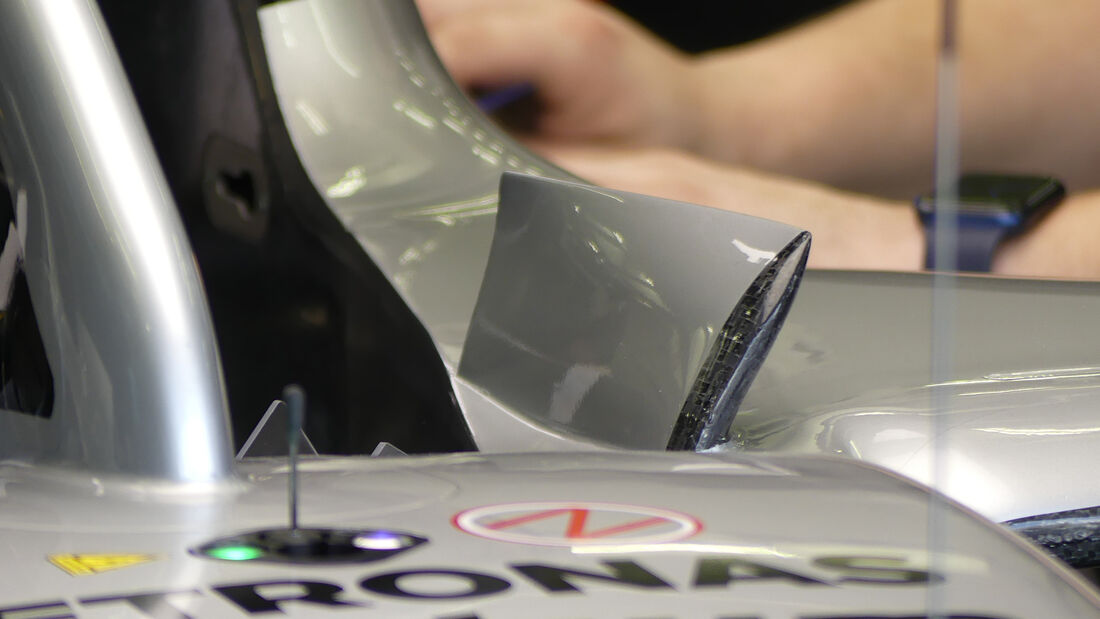
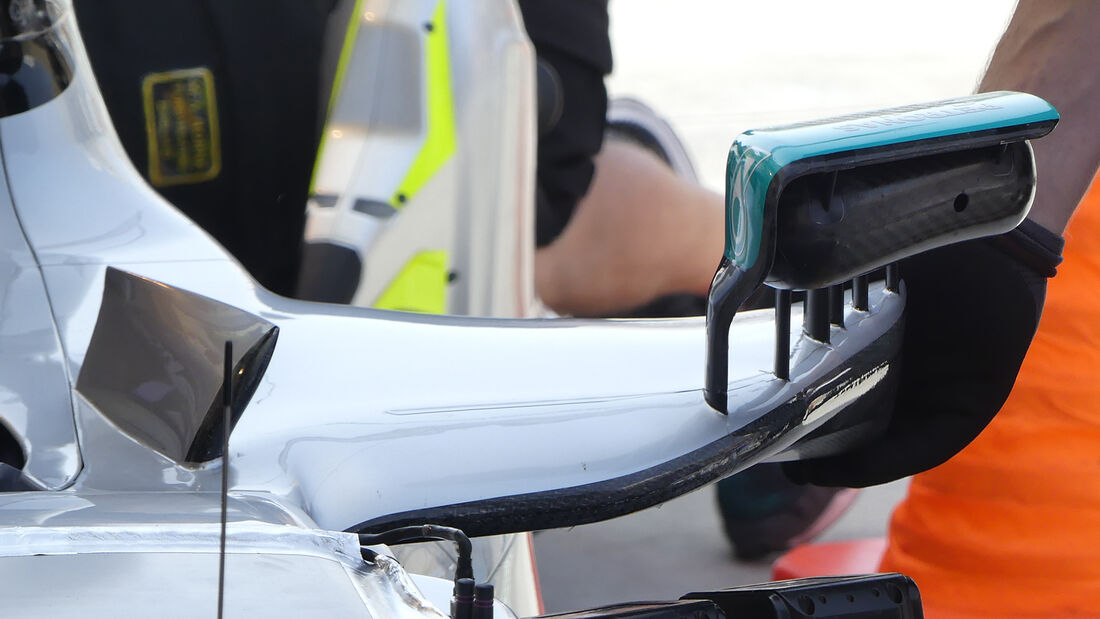

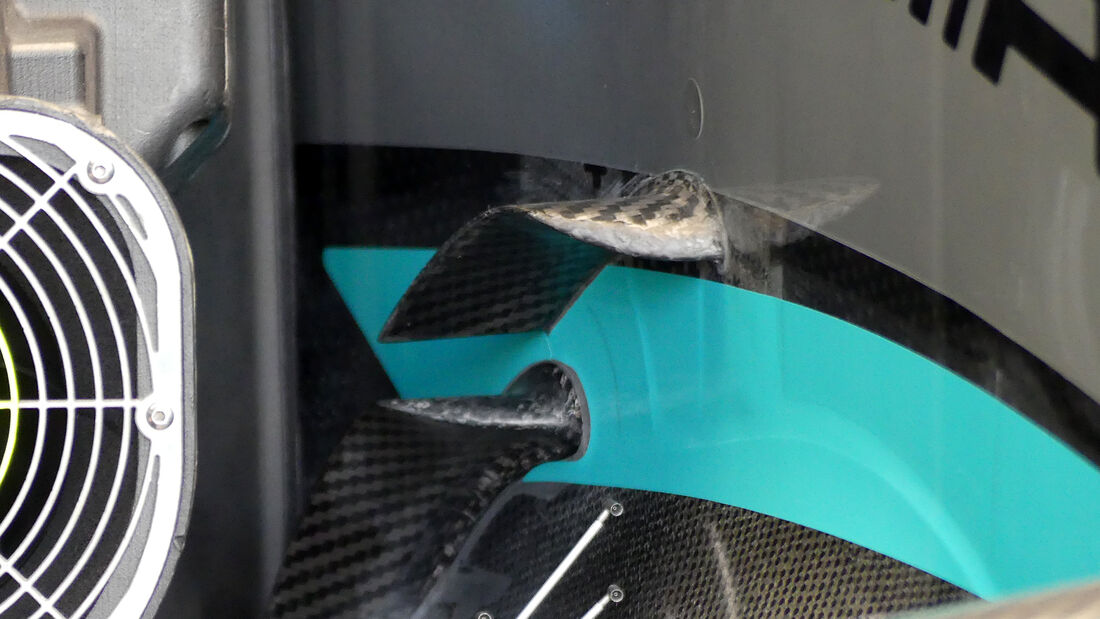
But he isn't the FIA. If a team comes up with an argument that the FIA hadn't previously considered, they might still change their mind and say a n idea is not allowed after all.

I was thinking the same.Tzk wrote: ↑10 Mar 2022, 11:38I wonder if that is actually a hole they can open up, just like the Williams...
https://i.imgur.com/GYy5XqU.png
Let's hope that in the end they find the setup like in 2019 testing.
I was thinking about this before, and they've just confirmed it.Moctecus wrote: ↑10 Mar 2022, 11:11AMuS article on the car. I find this section particularly interesting:The revised W13 may look like a completely new car, but it is not. More like an evolution. "We have only built new bodywork. The innards underneath have remained the same. In Barcelona we simply had more air between the bodywork and the components underneath," explains team boss Toto Wolff. Chief engineer Andrew Shovlin confirms: "Mechanically, the car is the same as in Barcelona. Only the outer skin has changed."
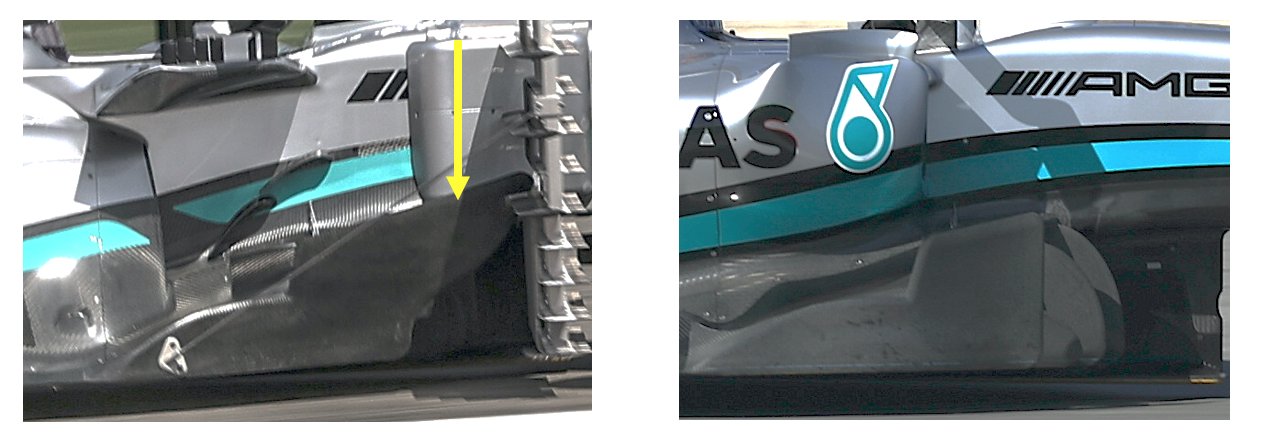
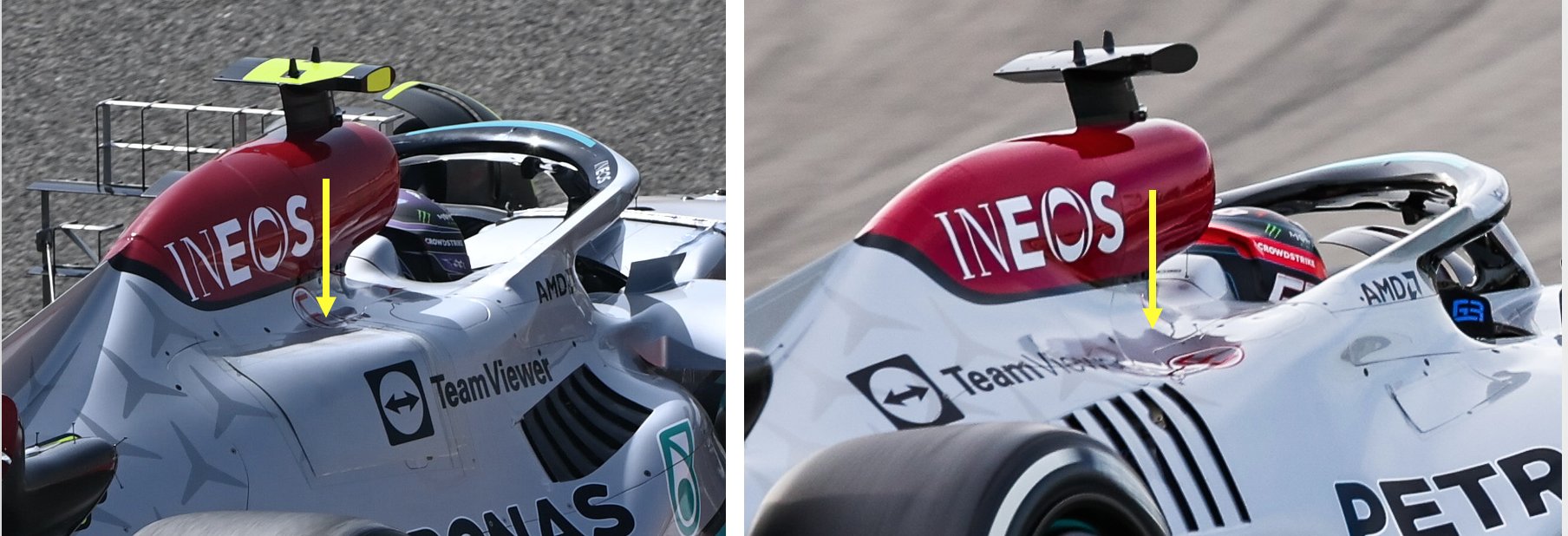
'An incredible feat of engineering'
Andrew Benson
BBC Sport’s chief F1 writer
Why all the fuss about the upgraded Mercedes side-pods, which are even more shrink-wrapped than when the car first appeared? Well, first of all, it is an incredible feat of engineering to package all the architecture within them - radiators, pipes etc - inside such a small space, and with such a small inlet for cooling air. But mainly, it’s all about airflow, specifically ensuring a flow as clean and fast as possible to the rear of the car, where it does a number of important jobs.
First, teams want to “seal” the gap between the floor and the rear tyres, to prevent air leaking around the sides and slowing down the all-important airflow under the car.
Under the floor, the faster the air flows through the ground-effect “venturi” tunnels - returned to F1 this year for the first time since 1982 following the major rules changes -the more downforce the car has, and the faster it goes. How does the over-body airflow affect this? The faster the air is travelling over the top of the rear floor, the lower the pressure there - and the lower the pressure, the more it “pulls” the under-body airflow out of the diffuser, and the faster that goes. There is also the lower rear “beam” wing to energise.
All the teams are trying to do the same things, and have various methods of doing it - Ferrari’s scalloped side-pods; Red Bull’s heavy side-pod under-cut - but Mercedes have taken this to remarkable extremes.